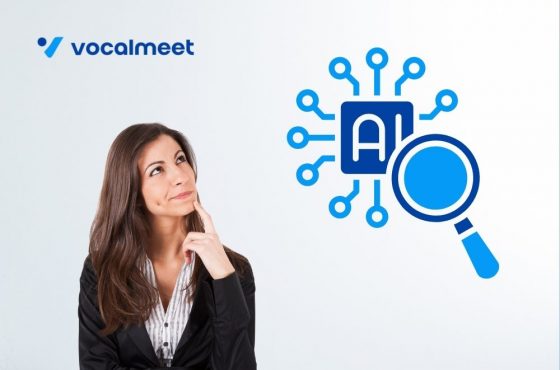Successfully Transition from One LMS Vendor to Another
Switching to a new LMS vendor can be an exciting time, but the transition period can also provide a lot of stress for association staff and users if not executed properly. Without proper care and consideration, this type of move can lead to ballooning time and cost budgets, technical issues, and internal organizational struggles. Thankfully, there are steps that you can take to avoid these drawbacks.
Once you have a firm grasp on what your new LMS offers and what the integration process might look like, it’s time to sit down and develop an action plan. By following the steps below, the rollout of your new LMS can be stress-free, seamless, and well-received.
Creating the Transition Plan
After picking a new LMS, you have to create an integration plan. Record all the expected costs, including the price of the overall system, all new technologies required, any necessary training, and downtime costs.
Next, layout a generous timeline for each stage of the integration. Speak with the vendor and your staff to determine the most accurate timelines possible. Along with these timelines, set goals to be met along the way and then manage and assess their progress.
Designate trainers and support staff and ensure they know the material thoroughly and take care of any possible problems in advance. Understand the technical side of the integration and ensure that you have the proper people on hand to handle the job. Prepare everyone involved for the changes so that no one is caught off guard.
Communicate the Reasons for Change
Change can be difficult for many people.To avoid having your new LMS met with resistance by stakeholders, employees, and users, it’s necessary to communicate why these changes are being made. While highlighting the new and improved features of the new system is likely required, be sure to elucidate the whole picture.
For your stakeholders, outline what the unmet opportunity is and how this new LMS helps meet that. Highlight what the projected costs are and how much time it will take to get up and running.
Furthermore, discuss potential cost savings and when the association may begin seeing these savings. By involving stakeholders, along with being as upfront and accurate as possible, you should have a much-improved chance at receiving total buy-in.
Review Your Content and Functionality
Before you move everything over, you should perform a quality audit of your content and functionalities. There’s no need to keep and integrate outdated training programs or plugins, or add-ons. Anything that isn’t being used from the previous system should be omitted. Audit everything that you intend to move over and make sure it’s worth the effort to keep. This is also an effective way to determine what content or features need updating. When the new system is uploaded, all content and features attached will be clean, revitalized, and needed.
Integrate Your Systems
When it comes time to actually integrate the system, create and follow an integration map. This will help track where each component will move to, including reports, structures, and content. This process can also help identify where any holes or needs might arise. If something from the former LMS has no place to go, you may need to customize the new system to accommodate.
The next step is to clean up the data that is to be transferred over. Archive the old data somewhere safe if the thought of permanently deleting old data concerns you. After that, you can quickly transfer user data from one system to another by creating an Excel sheet with all the user information and then converting the sheet into a .csv format and moving it over.
Testing your New LMS
Before taking the system live, consider running a pilot system and testing each feature and functionalities.
Ensure that the system meets each of your association’s needs and address any issues or concerns before attempting to bring the system online. Test out the mobile capability of the LMS, try out the user enrollment, and scale it up slowly as a stress test on the system. Try to catch and eliminate any surprises before end users do.
Training and Support
While the support step should start early in the process, training is a continual process that must continue throughout much of the LMS’s lifecycle. The first training stage begins with educating staff and administrators on running the system. This gives the frontline operators a chance to solve any problems early on. In the future, they may be tasked with answering such questions from end-users and will need the answers.
To ensure the best training is available for your staff, members, and visitors, you need to provide the best training resources. Ask the vendor for any and all support materials they provide and develop your own to cover any blind spots. You may want to host all resources on the LMS for easy access. In the early days of the new system, an online training forum can allow users to share ideas, concerns, and opinions.
Feedback
Before launching the new LMS, be sure to establish some performance metrics for the former system. This will provide a standard on which to compare and evaluate the new LMS. You can then measure if the new system improves user performance and satisfaction, track increases in course completions, and look at the compliance percentages. You can also track performance behind the scenes. All this information can then be passed on to users as a continued demonstration of why things changed in the first place.



